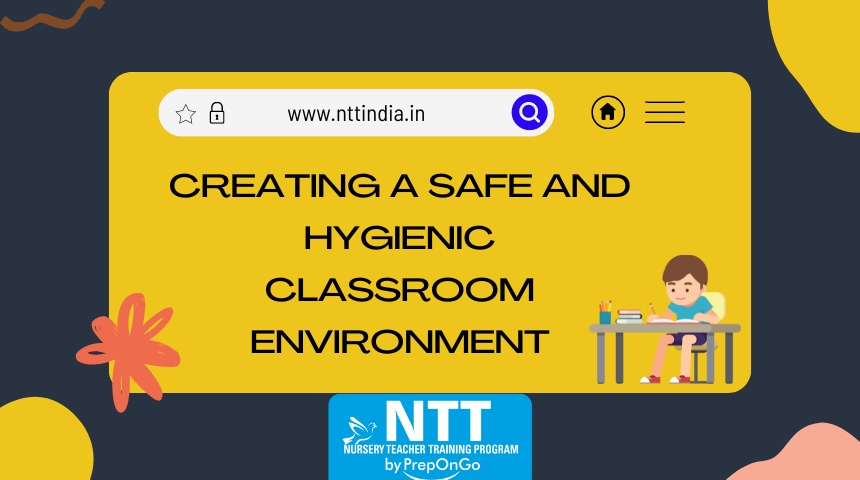Creating a Safe and Hygienic Classroom Environment

Ensuring a safe and hygienic classroom environment is paramount in any educational setting, especially for young children who are more vulnerable to illness and injury. A clean and well-maintained classroom not only promotes the physical health of students but also contributes to their overall well-being and ability to learn effectively. In this article, we will explore the importance of creating a safe and hygienic classroom environment and provide practical tips for educators to maintain cleanliness and safety standards.
Why a Safe and Hygienic Classroom Environment Matters
A safe and hygienic classroom environment is essential for several reasons:
- Prevention of Illness: Regular cleaning and disinfection of surfaces reduce the spread of germs and prevent the transmission of infectious diseases among students and staff.
- Promotion of Health: A clean and hygienic environment supports the physical health of students, reducing absenteeism due to illness and promoting overall well-being.
- Enhanced Learning: A clutter-free and organized classroom environment creates a conducive atmosphere for learning, helping students stay focused and engaged in their studies.
- Safety: Removing hazards and maintaining safety standards in the classroom minimizes the risk of accidents and injuries, ensuring the well-being of students and staff.
Practical Tips for Creating a Safe and Hygienic Classroom Environment
1. Regular Cleaning Schedule
Establish a regular cleaning schedule to ensure that the classroom is cleaned thoroughly on a daily basis. Assign specific tasks to staff members or students to ensure all areas are covered, including desks, chairs, floors, and commonly touched surfaces like door handles and light switches.
2. Provide Handwashing Facilities
Ensure that handwashing facilities are readily available in the classroom, complete with soap, water, and disposable paper towels or hand dryers. Encourage students to wash their hands frequently, especially before meals, after using the restroom, and after coughing or sneezing.
3. Promote Good Hygiene Practices
Educate students about the importance of good hygiene practices, such as covering their mouths and noses when coughing or sneezing, using tissues and disposing of them properly, and avoiding close contact with sick classmates.
4. Maintain Proper Ventilation
Ensure that the classroom is well-ventilated to promote air circulation and reduce the concentration of airborne pollutants. Open windows whenever possible and consider using air purifiers or fans to improve indoor air quality.
5. Regularly Inspect and Replace Classroom Furnishings
Inspect classroom furnishings regularly for signs of wear and tear, such as broken chairs or loose floor tiles. Replace or repair damaged items promptly to prevent accidents and injuries.
6. Create a Safe Play Area
Designate a safe play area within the classroom or on the school grounds where students can engage in physical activities safely. Ensure that the play area is free from hazards such as sharp objects, uneven surfaces, and tripping hazards.
7. Store Cleaning Supplies Safely
Store cleaning supplies and chemicals in a designated area that is inaccessible to students to prevent accidental ingestion or exposure. Ensure that all cleaning products are properly labeled and stored according to manufacturer instructions.
8. Encourage Personal Responsibility
Encourage students to take personal responsibility for maintaining a clean and hygienic classroom environment. Teach them to clean up after themselves, dispose of trash properly, and report any safety concerns to a teacher or staff member.
Conclusion
Creating a safe and hygienic classroom environment is essential for promoting the health, safety, and well-being of students and staff. By implementing practical cleaning and safety measures, educators can ensure that the classroom remains a clean, healthy, and conducive space for learning. By prioritizing cleanliness and safety, we can create an environment where students can thrive academically and socially.
By following these tips and guidelines, educators can create a safe and hygienic classroom environment that supports the health and well-being of all students and staff. Together, we can ensure that our classrooms remain clean, safe, and conducive to learning.
